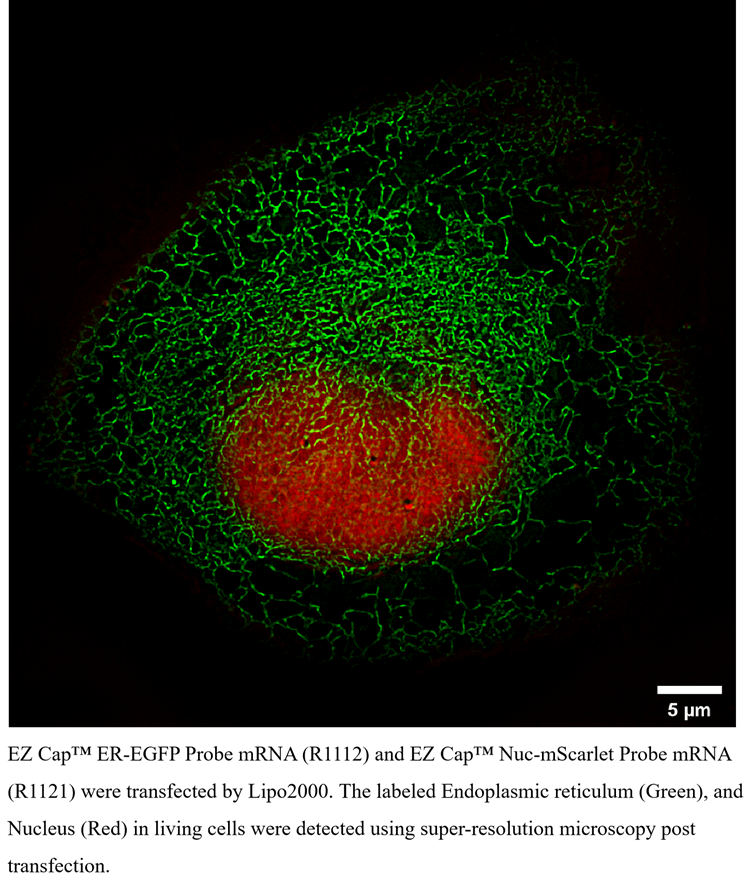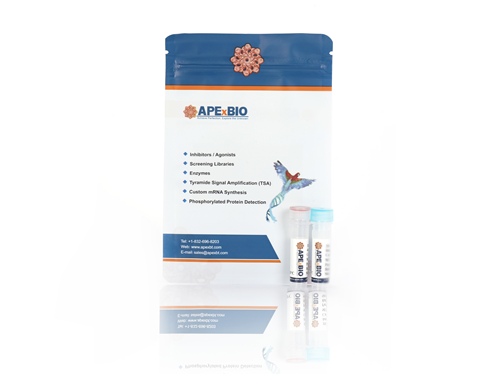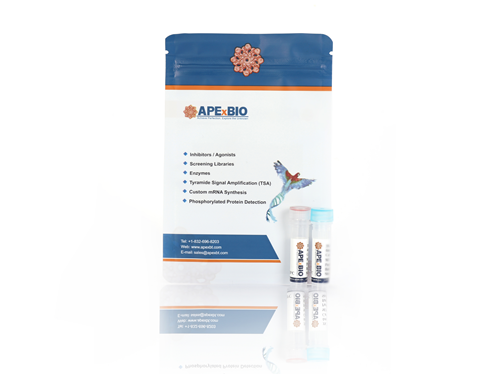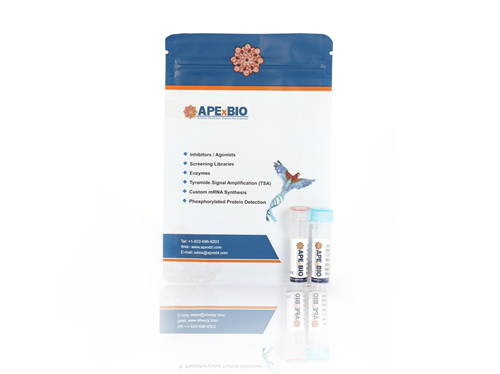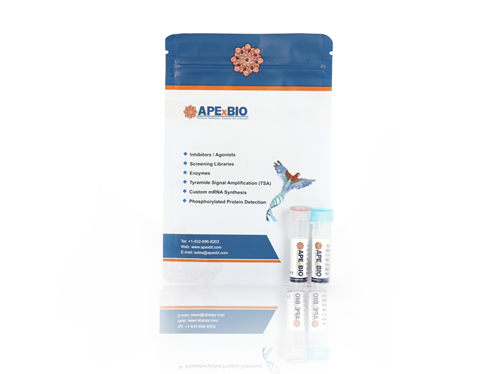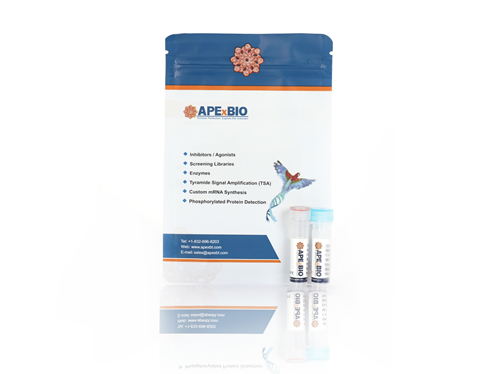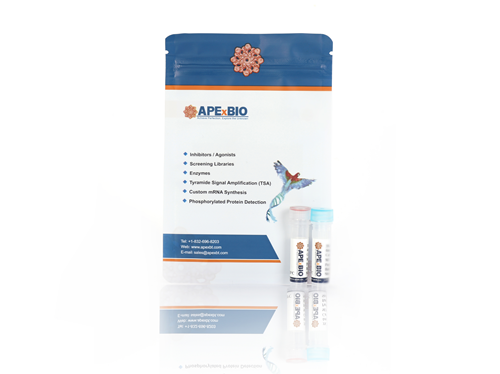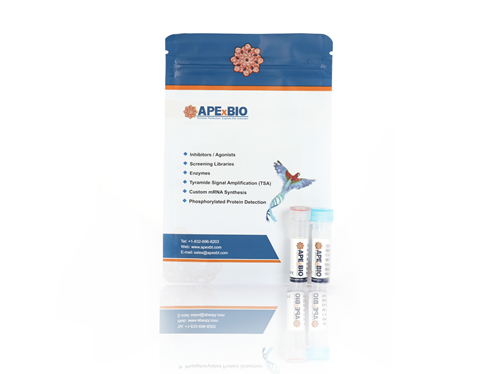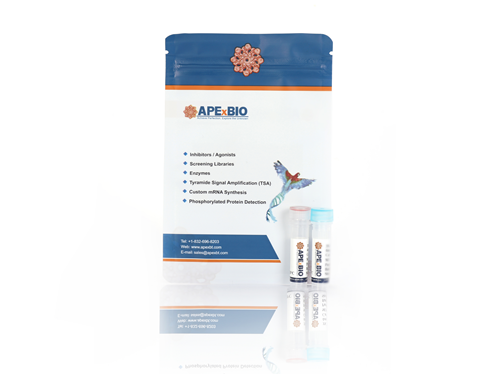EZ Cap™ ER-EGFP Probe mRNA (m1Ψ)
ER-EGFP is a fusion protein, consisting of Endoplasmic reticulum (ER) signaling sequence and enhanced green fluorescent protein (EGFP). EGFP is a widely used fluorescent labeling protein in bioimaging. By fusing EGFP with ER signal sequence, dynamic changes of the ER can be observed in living cells in real time, especially in studying the structure, function and interaction with other organelles. ER-EGFP is an ideal tool for studying ER related processes due to its efficient fluorescence properties and ER specific localization.
EZ Cap™ ER-EGFP Probe mRNA (m1Ψ) is provided at a concentration of ~1 mg/ml with Cap1 structure. It is specifically used for the expression of EGFP markers in ER. There are currently two ways to cap mRNA: One is co-transcription method, by adding Cap analogues into the transcription process. The other is enzymatic Capping. After transcription, Cap0 capping is performed by Vaccinia virus Capping Enzyme (VCE), GTP and S-adenosylmethionine (SAM). The Cap0 is then generated into the Cap1 through 2´-O-Methyltransferase and SAM. Cap1 Capping can also be performed by adding VCE, 2´-O-Methyltransferase, GTP and SAM in a one-step process. Cap 1 structure is more ideal for mammalian systems and possess higher transcription efficiency than Cap 0 structure. The addition of N1-Methylpseudo-UTP(m1Ψ) and poly(A) tail suppress RNA-mediated innate immune activation and increase the stability and lifetime of the mRNA in vitro and in vivo. Poly(A) tail also plays an important role in enhancing the efficiency of translation initiation.
|
mRNA Length |
1091 nucleotides |
||
|
Concentration |
~1 mg/mL |
||
|
Excitation max (nm) |
488 nm (mTurquoise2) |
||
|
Emission max (nm) |
509 nm (mTurquoise2) |
||
|
Buffer |
1 mM Sodium Citrate, pH 6.4 |
Storage |
-40°C or below |
|
General tips |
Please dissolve it on ice and protect from RNase carefully. Avoid repeated freeze/thaw cycles as possible. Don’t vortex. Upon first use, centrifuge the tube softly and aliquot it into several single use portions. Use RNase-free reagents and materials with appropriate RNase-free technique. Don’t add to the media with serum unless mixing with a transfection reagent. |
||
|
Shipping Condition |
ship with dry ice |
||
